Toyota’s giant electric car mistake
Put your hand up if you remember when Toyota launched the Prius in Australia back in 2001. OK, now leave it up if you haven’t made, or at least laughed at, a single joke about a Prius in the years since, or just as likely, about the kinds of people who were buying them.
Anybody? Nobody? Bueller?
Come now, be honest. There’s no shame here. You never heard the one about how Prius owners drive, with one hand on the wheel and other patting themselves on the back? Or how the Prius is known as a hybrid because it can run on either electricity or the smugness of the owner? Or maybe the one about the difference between a Prius and a porcupine? Well, you can probably guess how that one ends…
It was a different time, and Australia was a different place. A vast, brown land soundtracked by the deep rumble of the V8 engine, where petrol cost around $0.85 per litre, and where Holden was the country’s best-selling brand, built largely on the success of the Commodore.
And yet here was Toyota pushing the patchouli-smelling Prius into our market – a vehicle that attracted so much laughter you half expected an army of clowns to burst out of it.
That original Prius was slow, unforgivably unattractive and, at a nudge under $40K in Australia, expensive, too. Toyota insisted it was ahead of the curve, but the Japanese giant seemed certain to have out-smarted itself. Still, at least the jokes were pretty good.
Needless to say, Toyota had the last laugh. By May 2019, the brand had sold 100,000 hybrids in our market, including 20,500 examples of the Prius, and 9400 and 4600 each of the Prius C and Prius V. And that was before the RAV4 Hybrid arrived, quickly cementing itself as one of Australia’s best-selling vehicles. In 2020, 33,462 of the brand’s total 125,686 sales (to August 31) were hybrids, led by the booming RAV4.
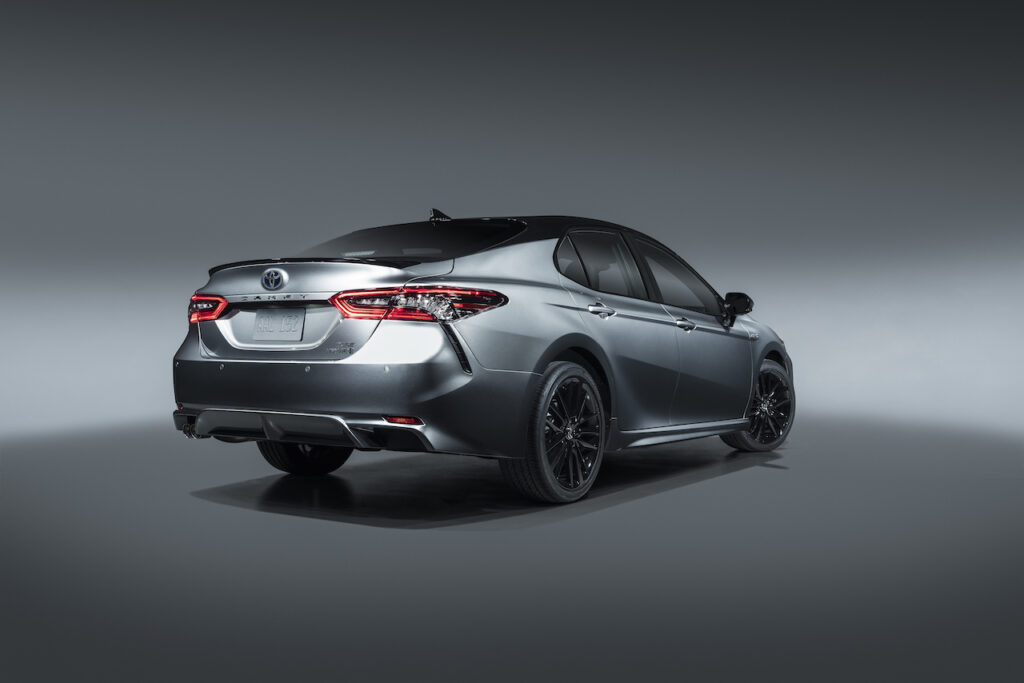
“I was involved in launching the very first Prius into the Australian market in 2001, and as I recall, many people – and even some of the journalists – were questioning the technology, and the future of the technology, even some might have thought we were a little crazy back then,” Toyota’s sales and marketing chief Sean Hanley told us recently.
“From a personal and business perspective, the RAV4 Hybrid story is one I’m deeply proud of, but I also recognise it’s not an overnight success. The hybrid powertrain has been a 20-year journey in Australia, and when I reflect back to October 2001, I reflect very proudly on the journey we’ve taken, and we believe our strategy to invest in hybrid technology has brought us to this point.”
It reads like a blueprint for the successful launch of a new technology, doesn’t it? Get in early and stomach the slow sales for the first couple of years, because in doing so, you’ll be in the box seat when the technology hits mainstream success. Think hybrid and you probably think Toyota, and you can thank the Prius for that. The other brands are now left playing catch-up.
But this is where it gets weird, because we also know that hybrid technology isn’t the long-term answer to our motoring questions. That would be BEVs (the pure electric vehicles), and eventually probably fuel cell-equipped vehicles.
And yet Toyota, which owns the strategy for introducing new tech into a resistant market, is flat-out refusing to mirror its hybrid launch philosophy with electric cars.
This time, it says, it will be letting the market decide, seemingly forgetting that the market also decided back in 2001, and the answer was a pretty resounding “not a Prius, thanks”.
Internationally, it’s a different story. Toyota has committed to having an electrified version of every car in its lineup (except the Supra sports car) by 2025, many of which will be regular hybrids. It will launch 10 BEVs in the 2020s, and is aiming for one million zero-emission vehicle sales, including BEVs and fuel cells, by 2025.
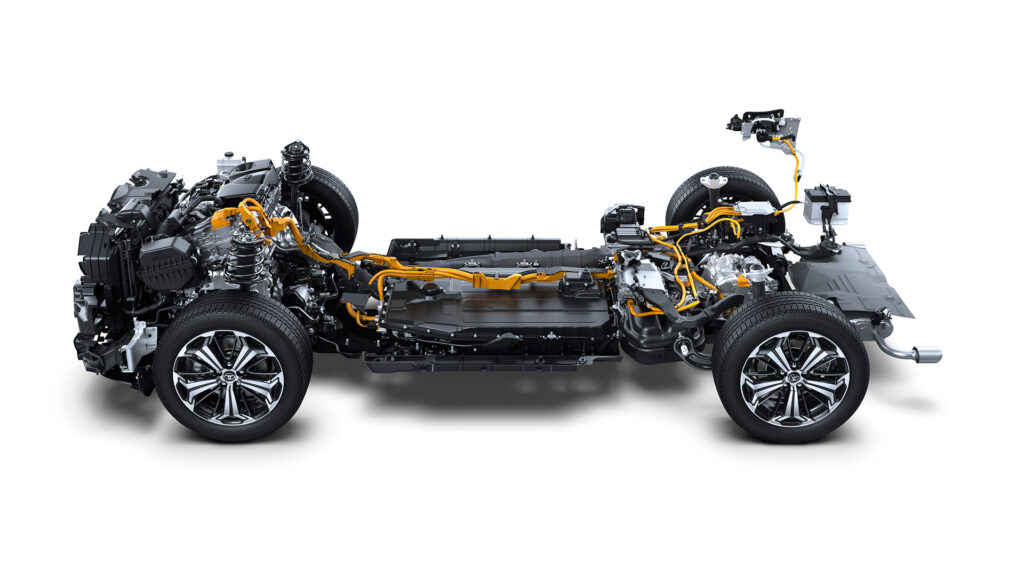
Cars such as the RAV4 PHEV are already on sale overseas.
But not in Australia. At a time when electric vehicles could easily run alongside the brand’s successful hybrid line-up, standing by to grab the baton when it’s ready to be passed along, Toyota Australia will instead ignore its HQs BEV efforts, at least for now, labelling electric and plug-in hybrid vehicles as “not the most desirable or practical solution”.
Which partly explains why Toyota was so vocal in pushing for the voluntary emissions standards introduced in Australia – the ones the industry hopes will be adopted by the Federal Government.
“We believe that hybrid powertrains are the best solution at the moment,” Hanley says. “It doesn’t mean it’s the only solution going forward, and the market will ultimately determine what the powertrain choice is.
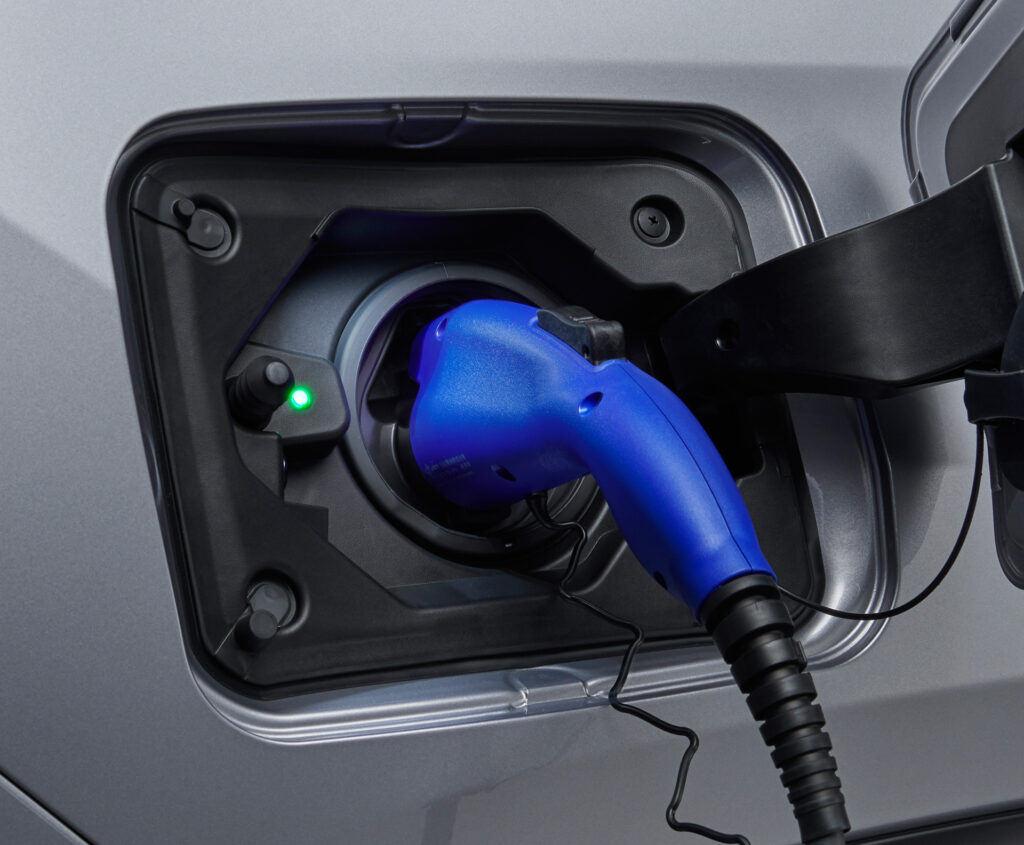
“Right now the market is speaking. And it’s a hybrid-electric vehicle.”
Hyundai disagrees, with the Korean brand launching an expanding range of EV products. And so does sister brand Kia, with that brand scrambling to get its hands on BEVs, too. Which means both will have the combination of electric experience and customer acceptance when Australia is finally ready to make the mainstream switch. Same with NIssan, Mercedes-Benz, Audi – the list goes one.
And this time it will be Toyota playing catch-up. And if the brand isn’t careful, it might well find the next round of electric vehicle jokes will be on them.


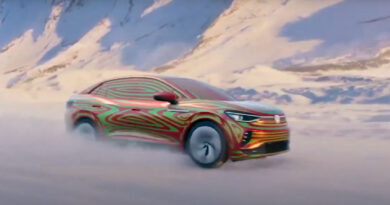
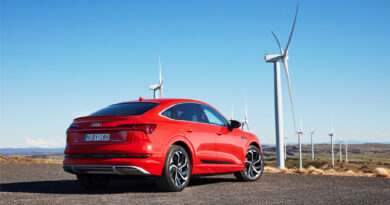
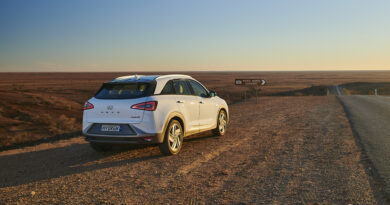
Interesting points in this story. Also interesting that some Toyota owners are modifying their hybrids to become plugin hybrids. This proves that it would be possible to deliver them as such from the factory. So why the reluctance from Toyota.
I think your analysis is flawed and incorrect.
Hybrids are already electric cars by definition.
In fact the new Toyota e-awd for example will be offered on all model. It’s an ev system on its own right and it powers the back wheels.
Few points:
– It is clear that toyota is developing their ev technology with their hybrids and at some point the ICE unit will be phased out for larger batteries.
– Their hybrid consume very little petrol and you don’t have to carry around 2 tons of battery.
– if fuel consumption is reduced even further it is very likely that ev will adoption will pushed back further.
– All the other manufacturers don’t have the hybrid luxury and have to start from scratch. Given the small demand for ev it is ok to start with ev directly…. You must have heard the battery supply is the bottleneck.
I could figure that out and I guess majority of consumers can do that too.
PO